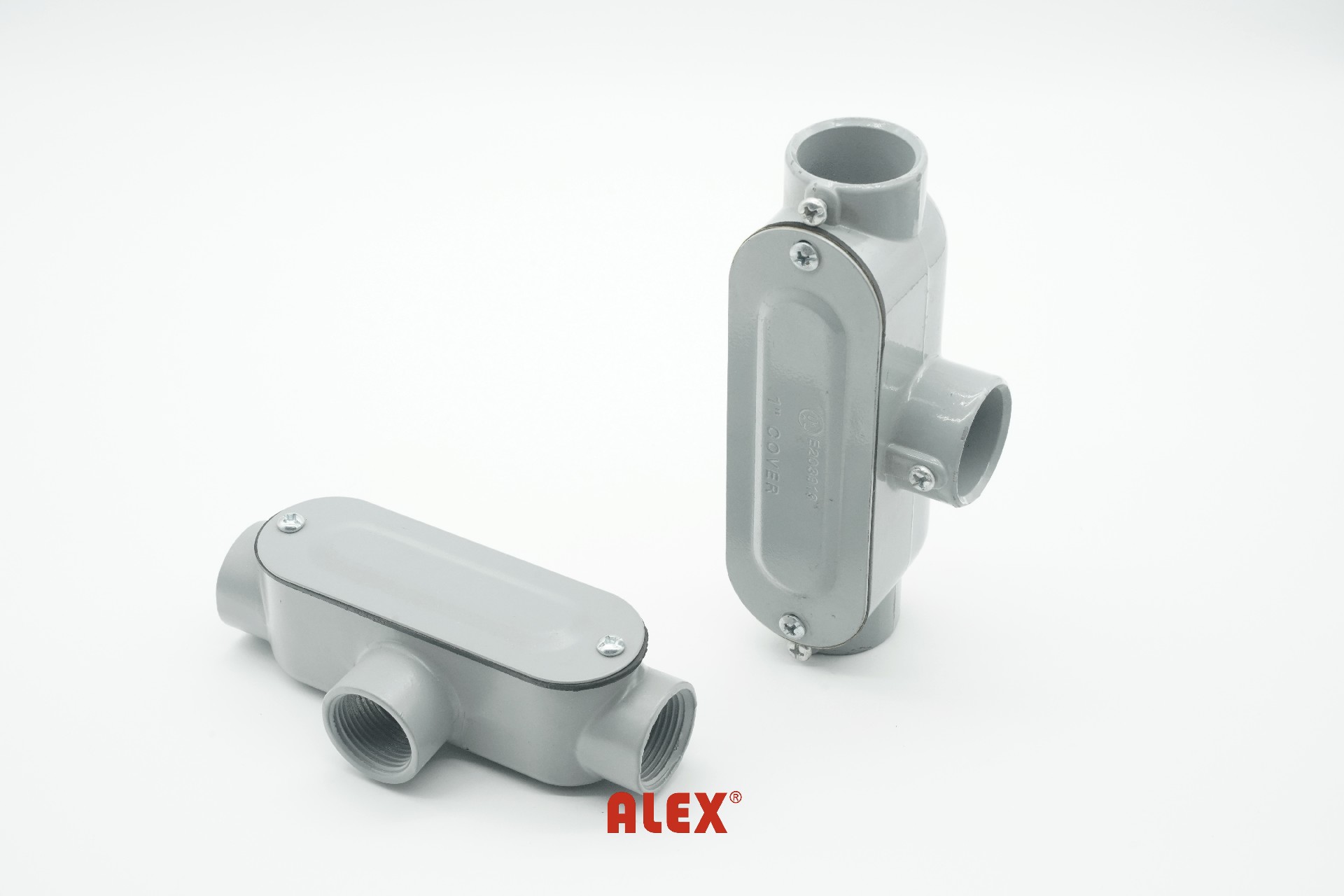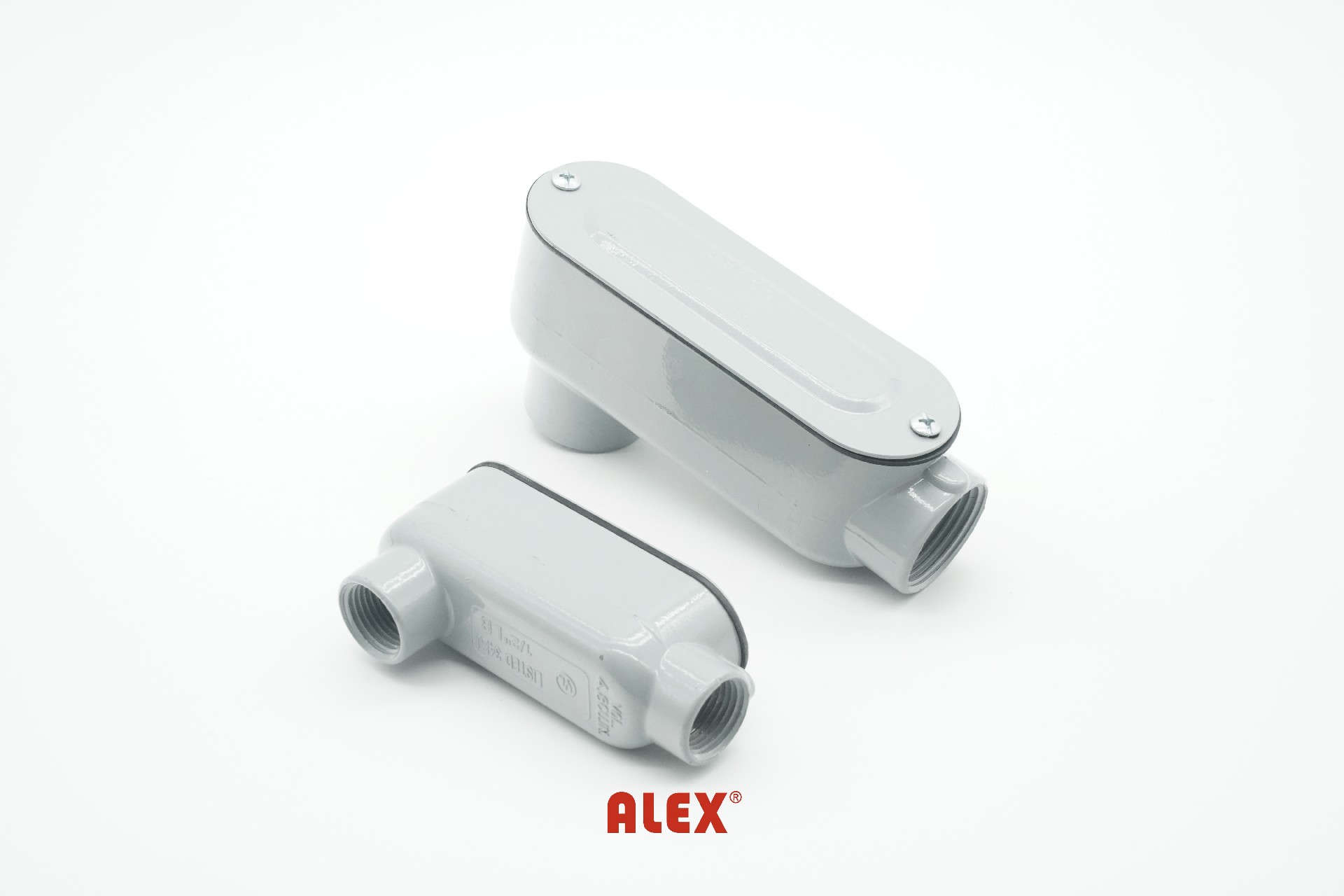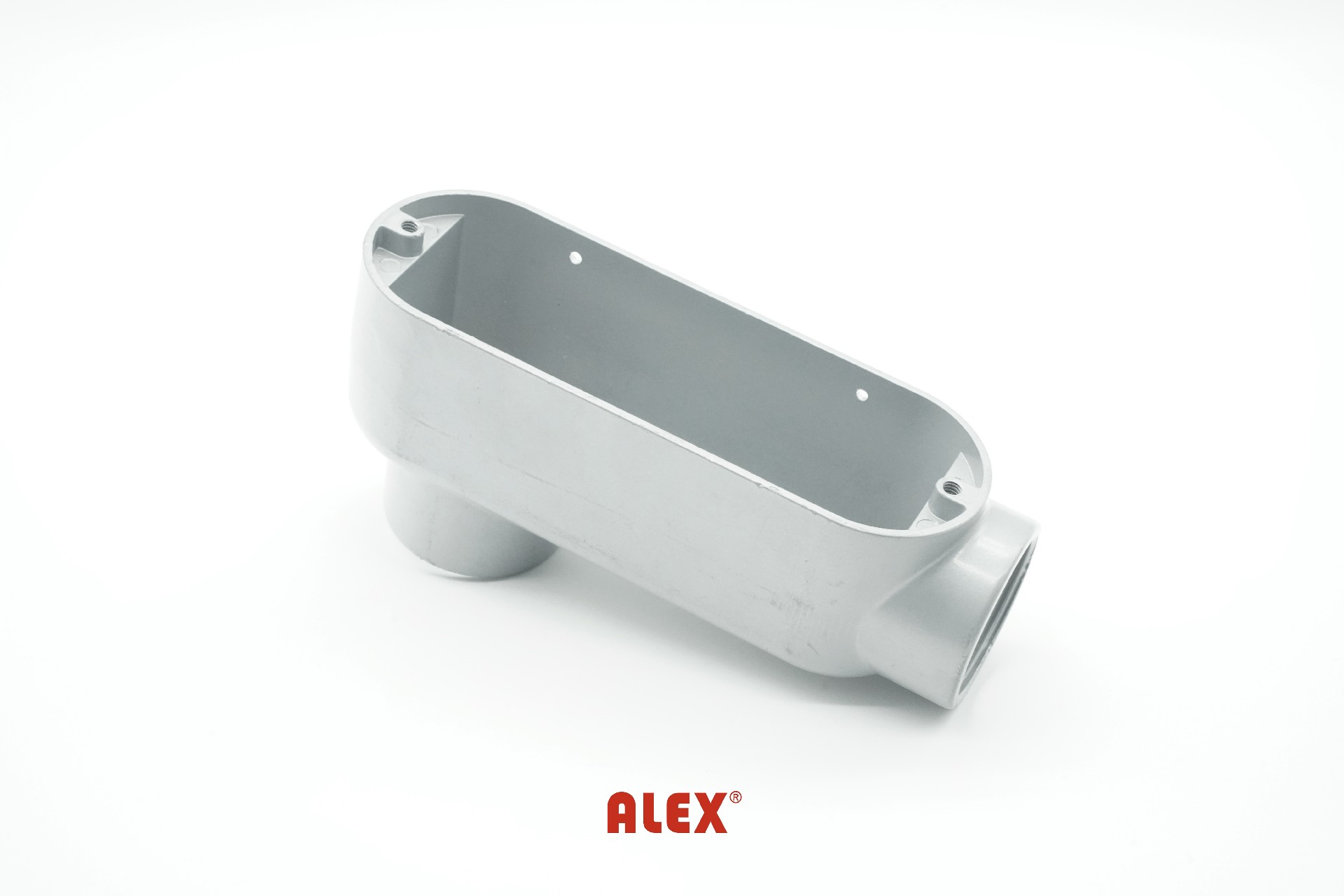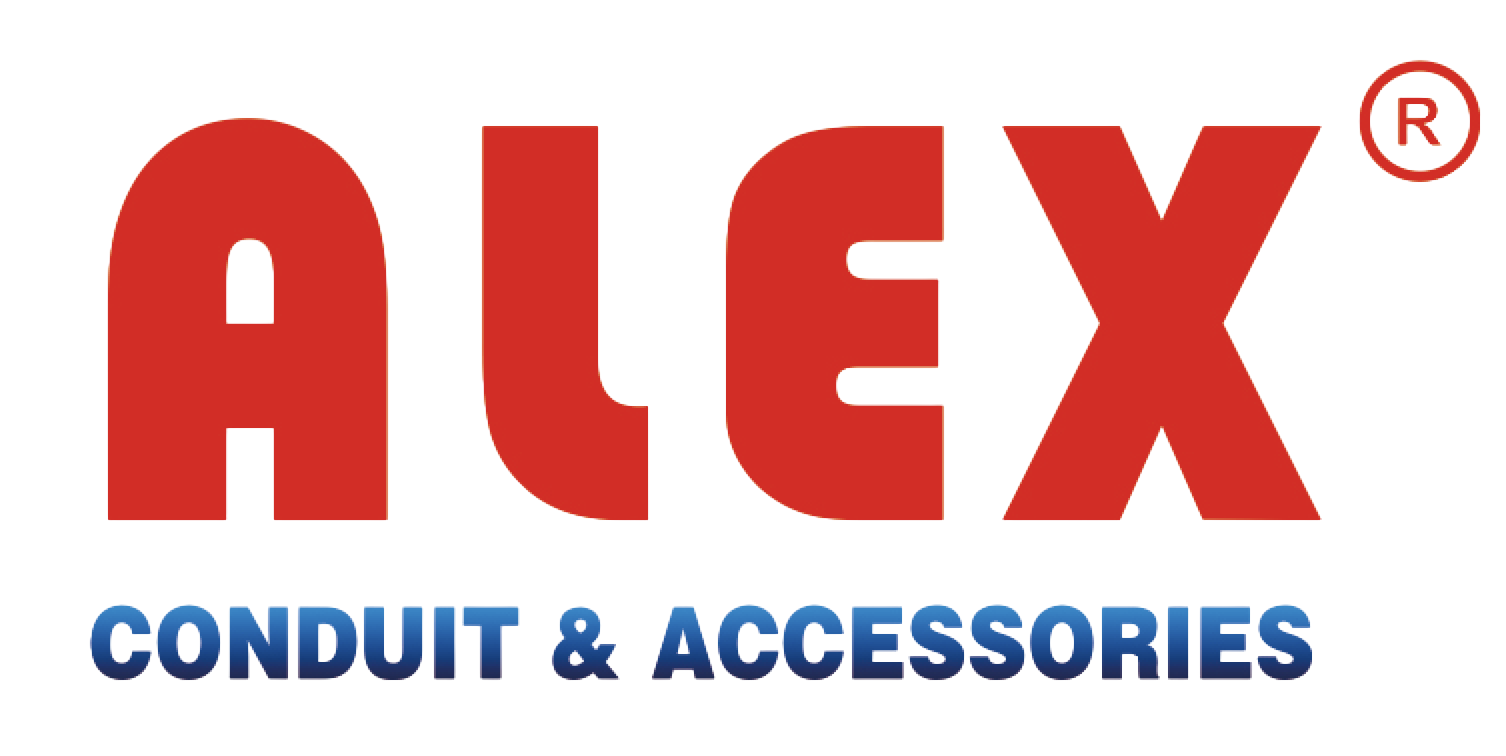What Is a Weatherproof Conduit Body (Aluminum)?
What Is a Weatherproof Conduit Body (Aluminum)?
A weatherproof conduit body is an essential fitting used in electrical conduit systems to provide access, direction changes, and connections in outdoor or harsh environments. When made from aluminum, conduit bodies combine strength, corrosion resistance, and light weight, making them a reliable choice for protecting electrical wiring in demanding installations.
This article explains in detail what weatherproof conduit bodies are, why they matter, how they are made, and their typical features.

1. What Is a Conduit Body?
A conduit body is a type of electrical fitting that forms part of a conduit system. It is essentially a small, box-shaped enclosure with a removable cover that allows electricians to:
Pull wires through conduit runs
Make 90° or angled turns in conduit lines
Connect different sections of conduit
Provide access for inspection, maintenance, and wire splicing
When designated as “weatherproof”, the conduit body is designed with gaskets, sealed covers, or specific construction features that allow it to be used in outdoor and wet locations, protecting the enclosed wiring from rain, dust, and environmental damage.

2. Why Aluminum?
Aluminum is one of the most common materials for weatherproof conduit bodies because it offers a balance of:
Corrosion resistance – naturally resists rust and oxidation, ideal for humid or coastal areas.
Light weight – easier to handle and install compared to cast iron or steel.
Durability – strong enough to withstand mechanical stress.
Cost efficiency – economical compared to stainless steel or bronze.
Aluminum conduit bodies are often die-cast to achieve accurate shapes, tight tolerances, and smooth surfaces.

3. Types and Shapes
Weatherproof aluminum conduit bodies come in several shapes and styles, usually identified by letter designations:
Type C – straight through
Type LB – access from the back with a 90° turn
Type LL – access from the left with a 90° turn
Type LR – access from the right with a 90° turn
Type T – three openings (forming a “T”)
Type X – four openings (cross connection)
Each type is chosen depending on the conduit run layout and wiring needs.
Conduit Bodies normally has two types, and the first one is set screw type, it uses screw to connect the conduit, and that is for regular EMT conduit with no threaded.
The other type is threaded conduit body and they are design for conduit like imc/rigid conduit with threaded.

4. Manufacturing Process
The process of making an aluminum weatherproof conduit body typically includes:
Material preparation
High-quality aluminum ingots are selected, often using an alloy such as A380 or ADC12 (commonly used in die casting for strength and corrosion resistance).
Die casting
Molten aluminum is injected into a steel mold (die) under high pressure, creating the desired shape with precision.
Trimming & machining
After casting, extra flash material is trimmed.
Holes and threads for attaching conduits are drilled and tapped.
Surface finishing
Powder coating / epoxy coating – adds weatherproofing and aesthetic finish.
Anodizing – increases corrosion resistance.
Polishing / sanding – ensures smooth surfaces.
The body is cleaned, deburred, and may undergo surface treatments:
Assembly
Fittings may include gaskets, screws, and removable covers.
The cover is often powder-coated and secured with stainless steel screws to ensure sealing.
Quality testing
Tested for strength, dimensional accuracy, and weatherproof performance (e.g., NEMA 3R / NEMA 4 / IP65 standards).
5. Why Do We Need Conduit Bodies?
Conduit bodies serve critical purposes in both residential, commercial, and industrial electrical installations:
Wiring access: Makes it easier to pull, feed, and splice wires without damaging insulation.
Direction change: Provides smooth conduit turns without excessive bending.
Protection: Shields wires and connections from moisture, dust, and mechanical damage.
Inspection point: Allows electricians to check wiring integrity or troubleshoot issues.
Weatherproofing: Essential for outdoor, rooftop, marine, or industrial environments.
Without conduit bodies, long conduit runs would be difficult to maintain or modify.
6. Standards & Compliance
Weatherproof aluminum conduit bodies are generally designed to comply with:
UL 514A (U.S. standard for conduit fittings)
NEMA 3R / 4 / 4X ratings (weatherproof, watertight, corrosion-resistant)
IEC 61386 (international conduit systems standard)
Meeting these standards ensures safe, long-lasting use in electrical systems.
7. Common Applications
Outdoor lighting and power systems
Industrial plants, warehouses, and factories
Oil & gas facilities
Marine and coastal installations
Utility poles and service entrances
Anywhere wires are exposed to moisture or harsh environments, weatherproof aluminum conduit bodies are essential.

8. Advantages of Aluminum Weatherproof Conduit Bodies
Long service life with minimal maintenance
Lightweight and installer-friendly
Resistant to rust and corrosion
Cost-effective compared to stainless steel
Compatible with EMT, IMC, and rigid conduits

9. Conclusion
A weatherproof aluminum conduit body is more than just a small electrical fitting — it’s a critical component for safety, durability, and efficiency in electrical conduit systems. By allowing easy wire pulling, splicing, and inspection while providing weather protection, conduit bodies ensure reliable operation of electrical systems in demanding environments.
Their manufacture from die-cast aluminum, with protective finishes, makes them both practical and long-lasting, proving why they remain a standard choice in electrical installations worldwide.
SIZE IS AVAILABLE FROM 1/2" TO 4"
